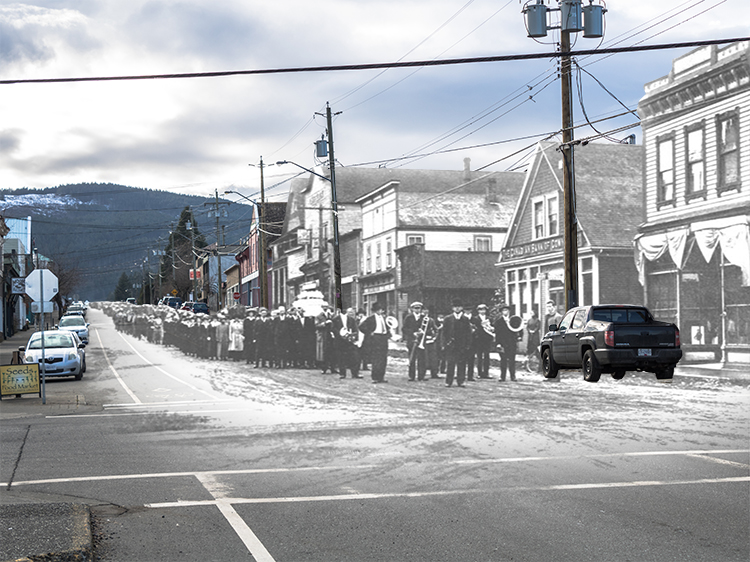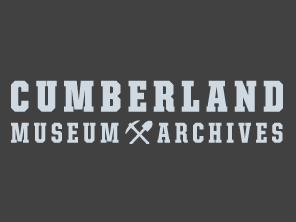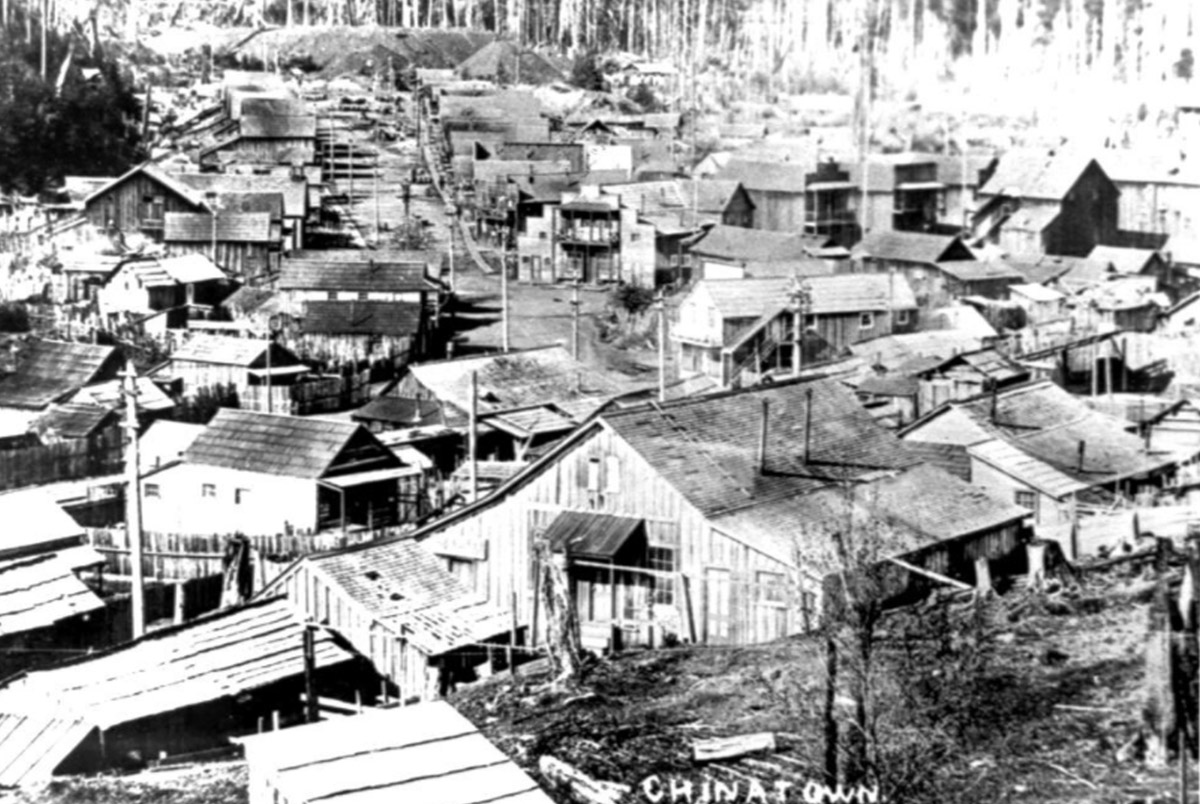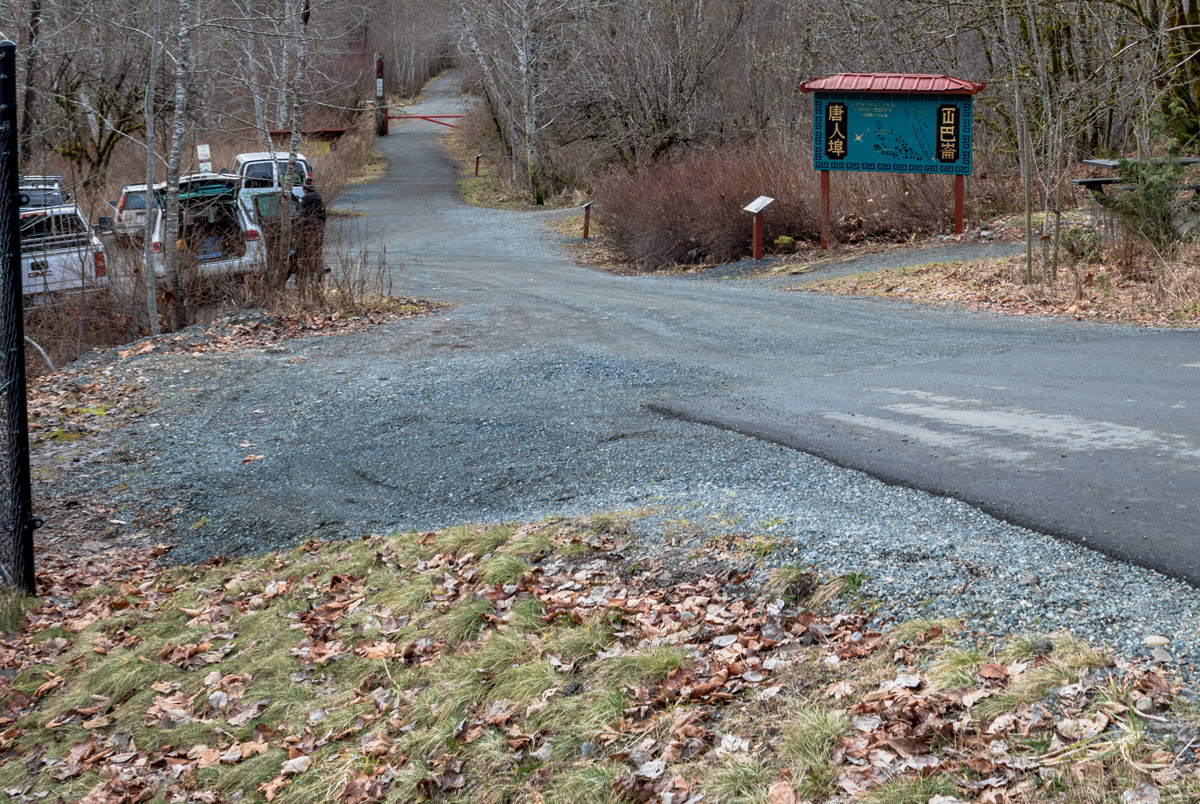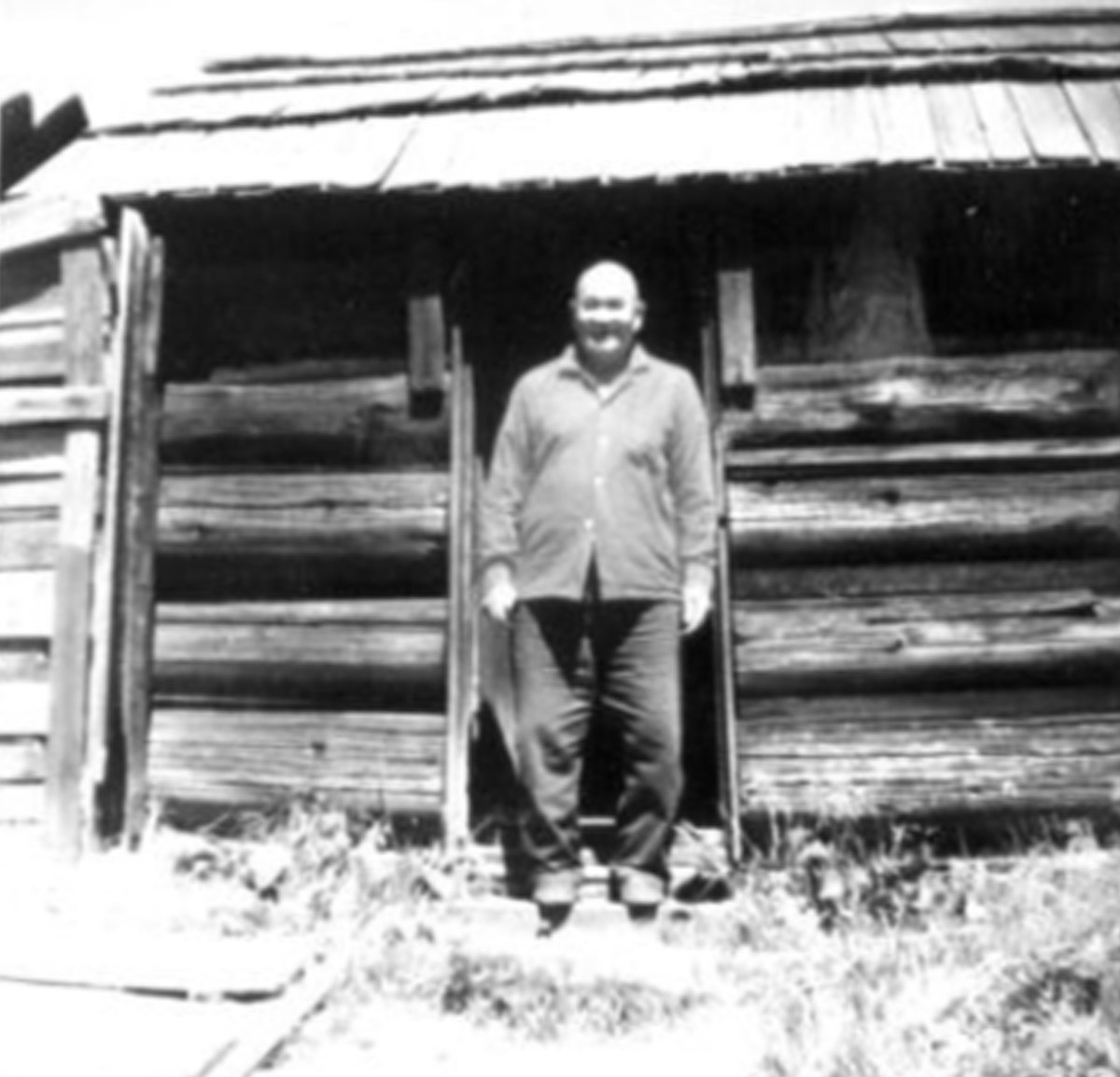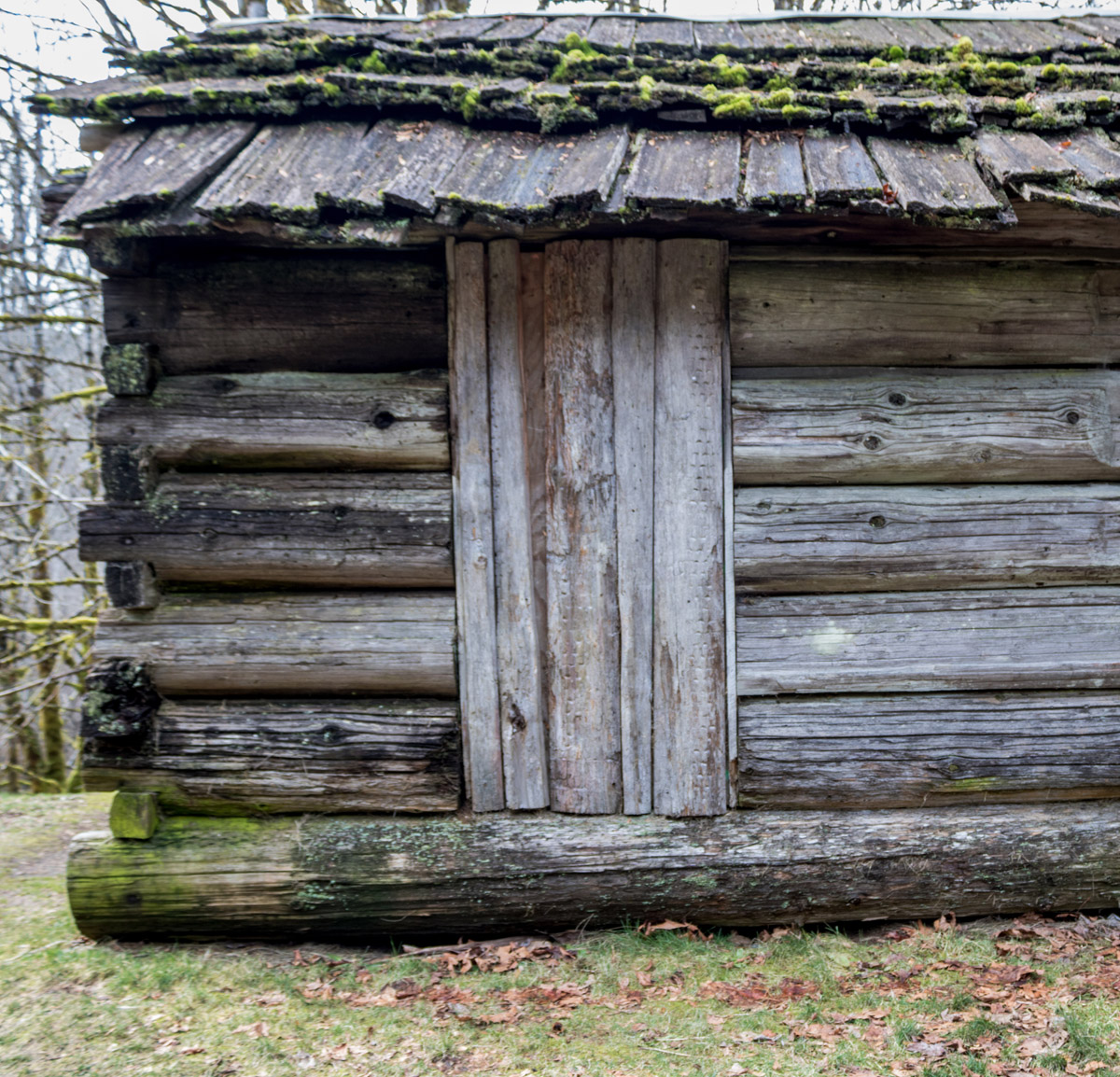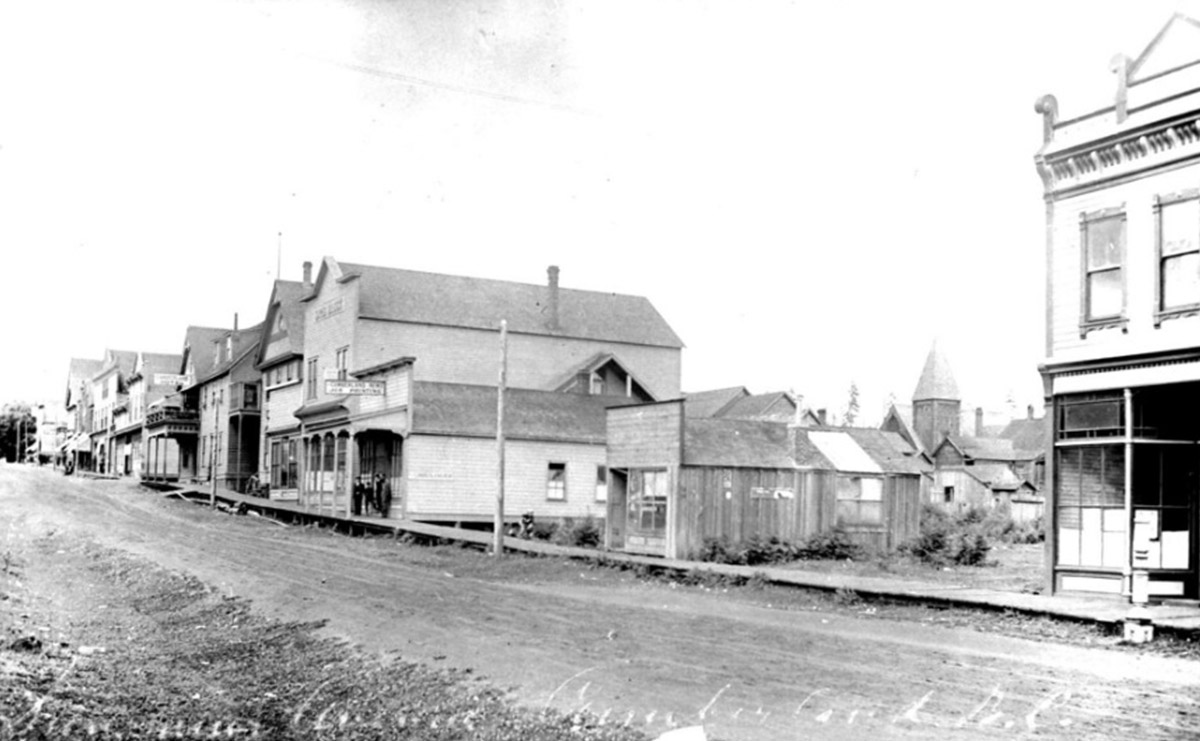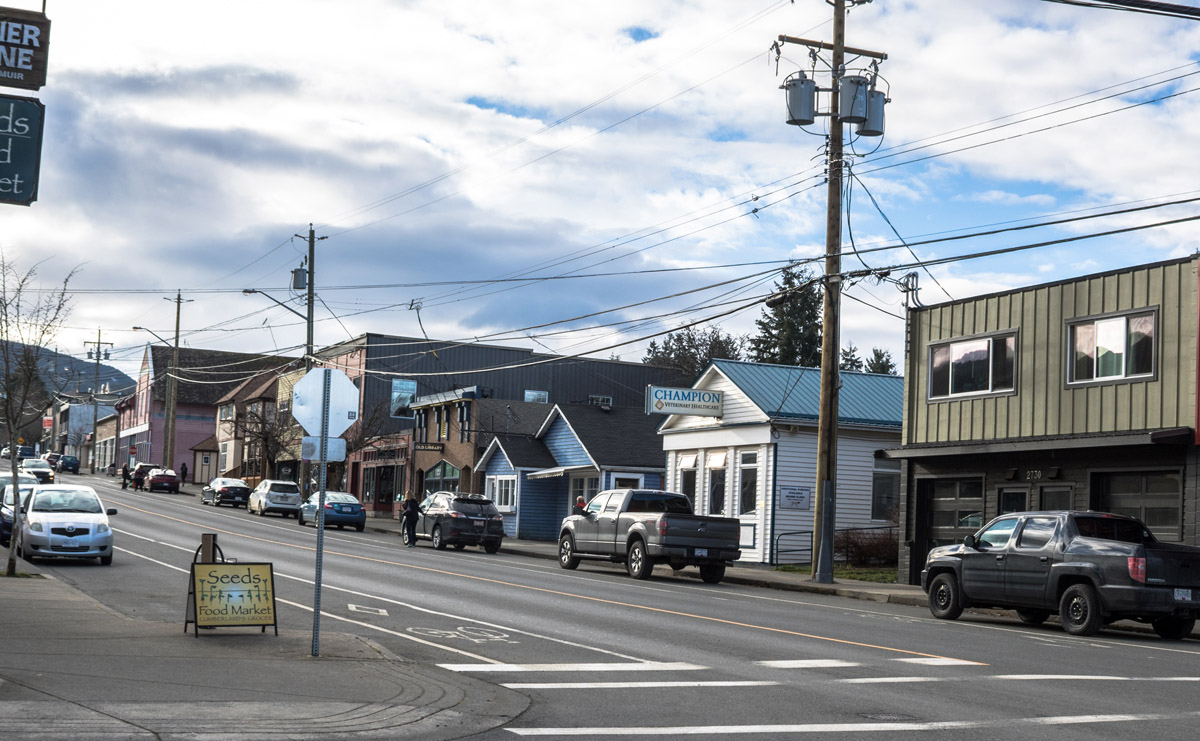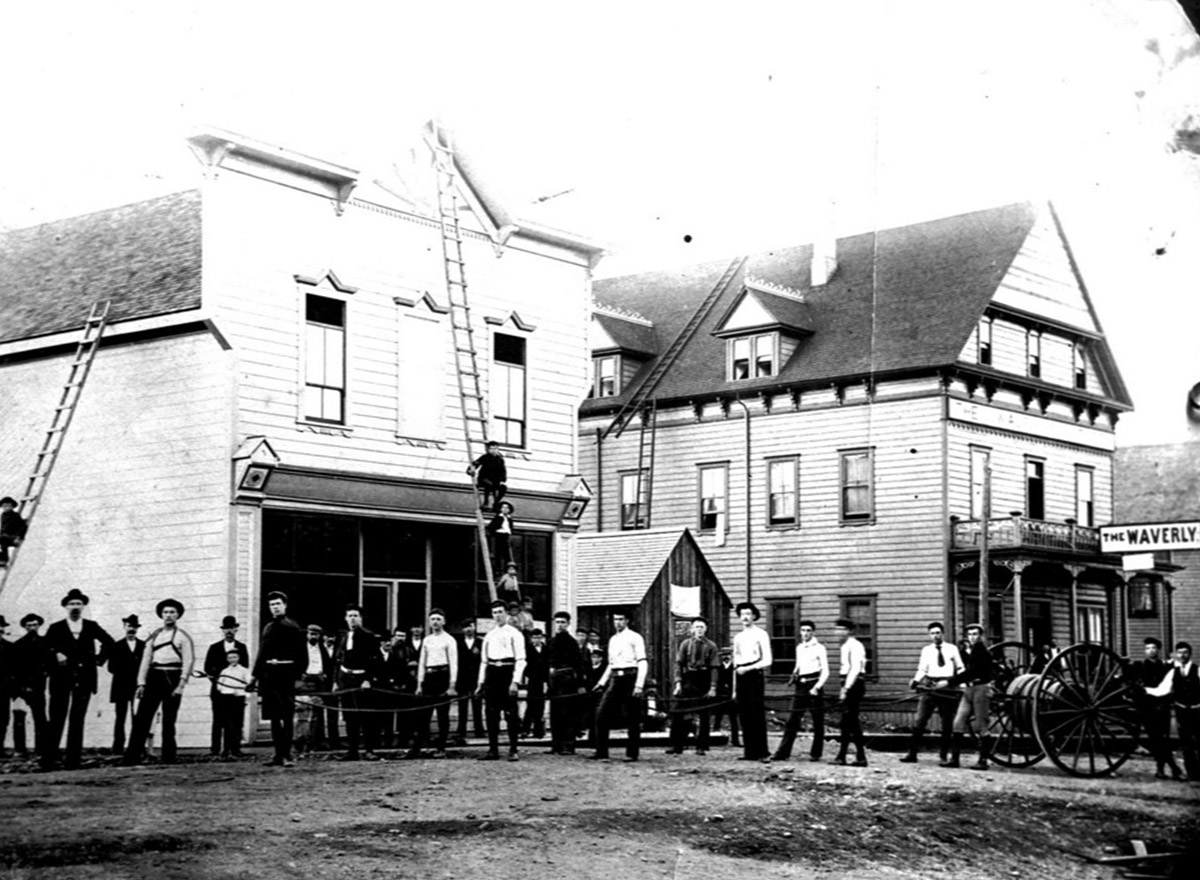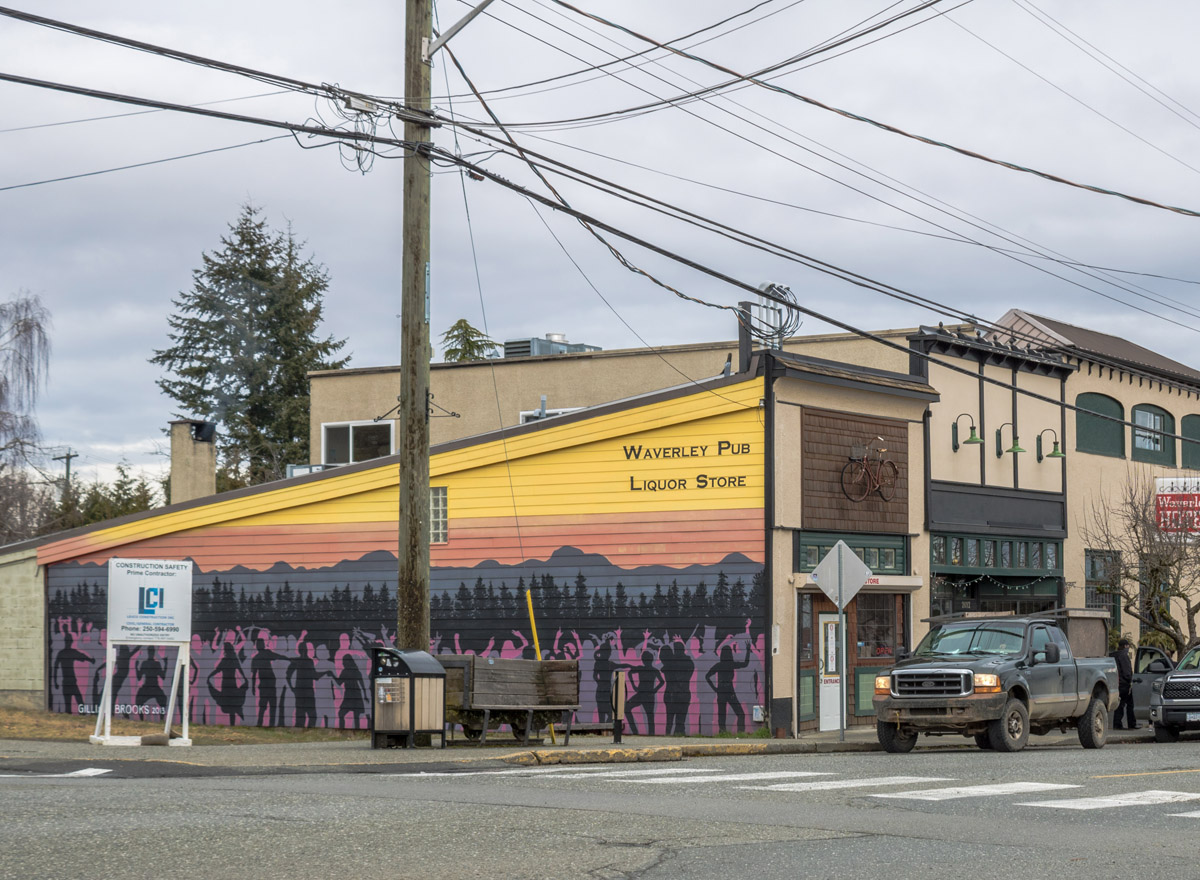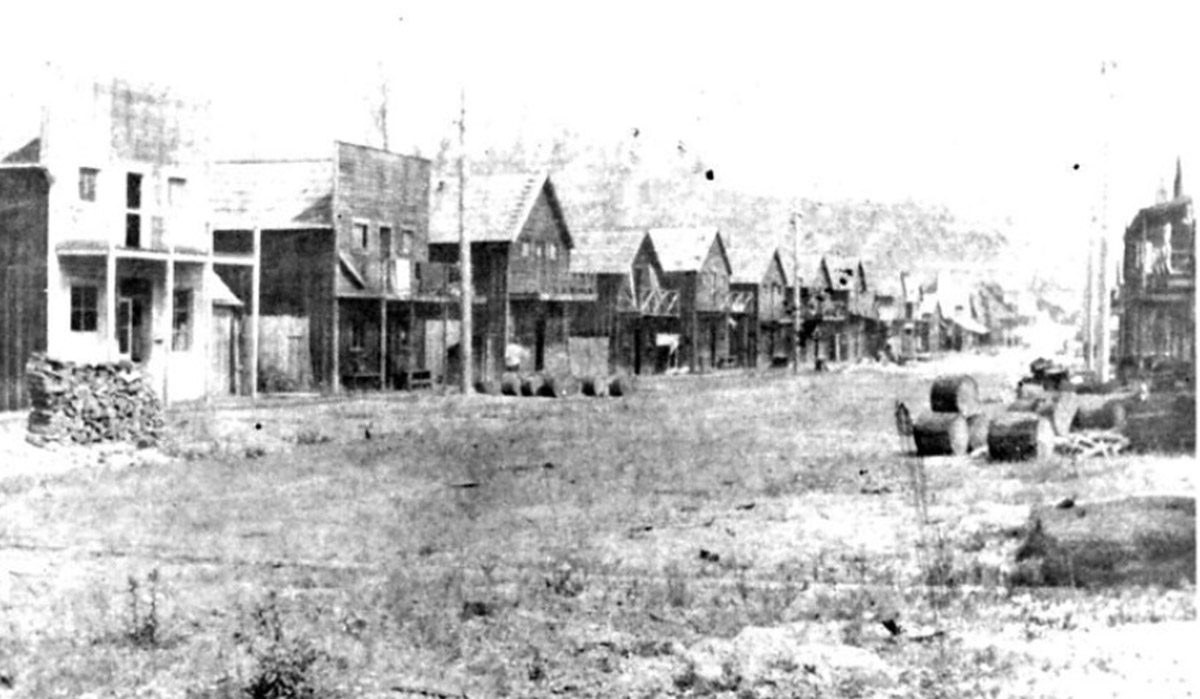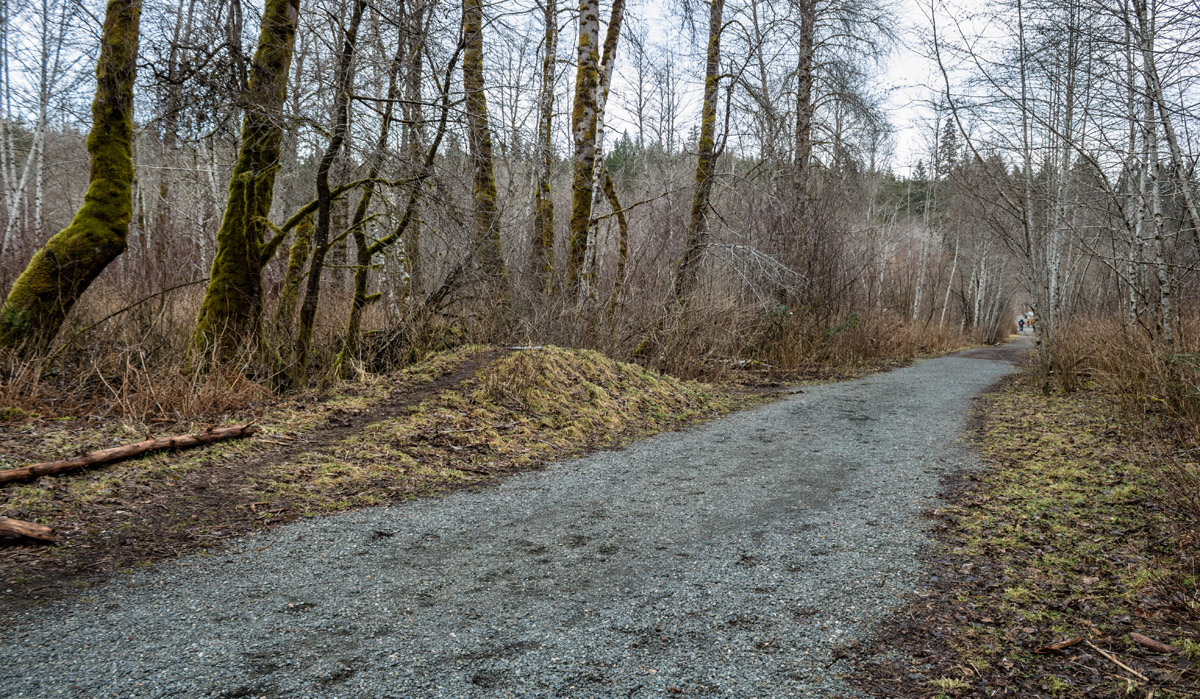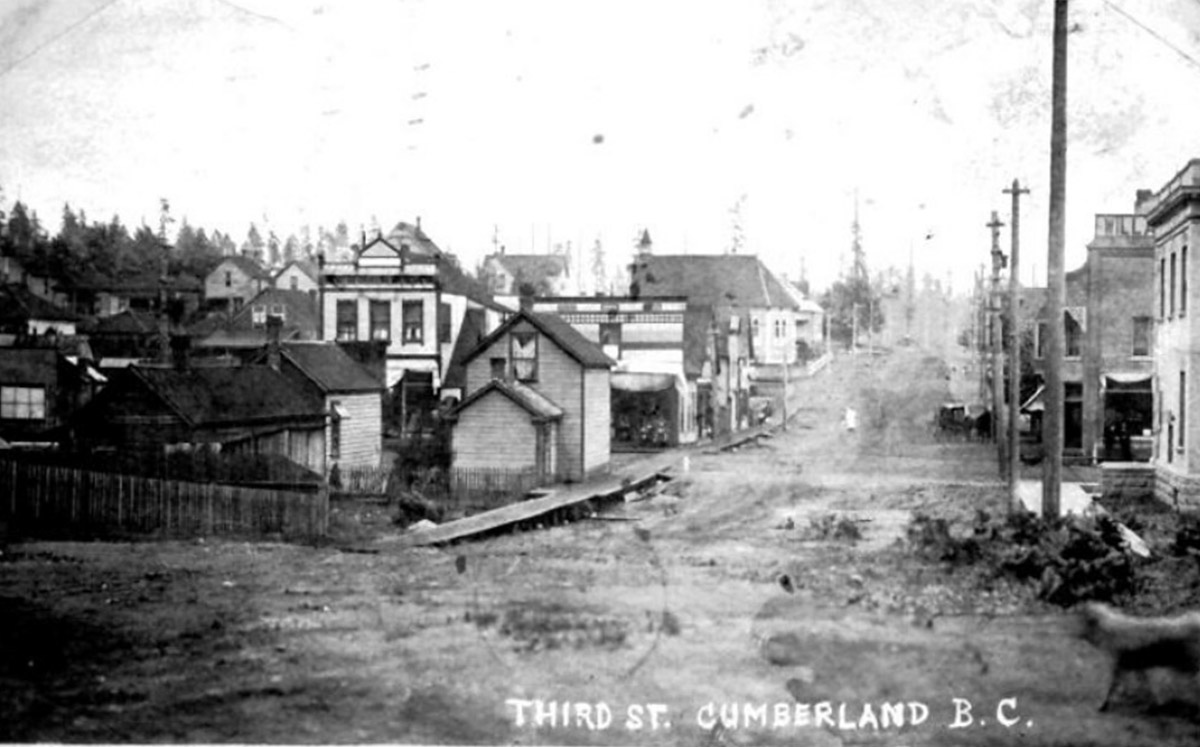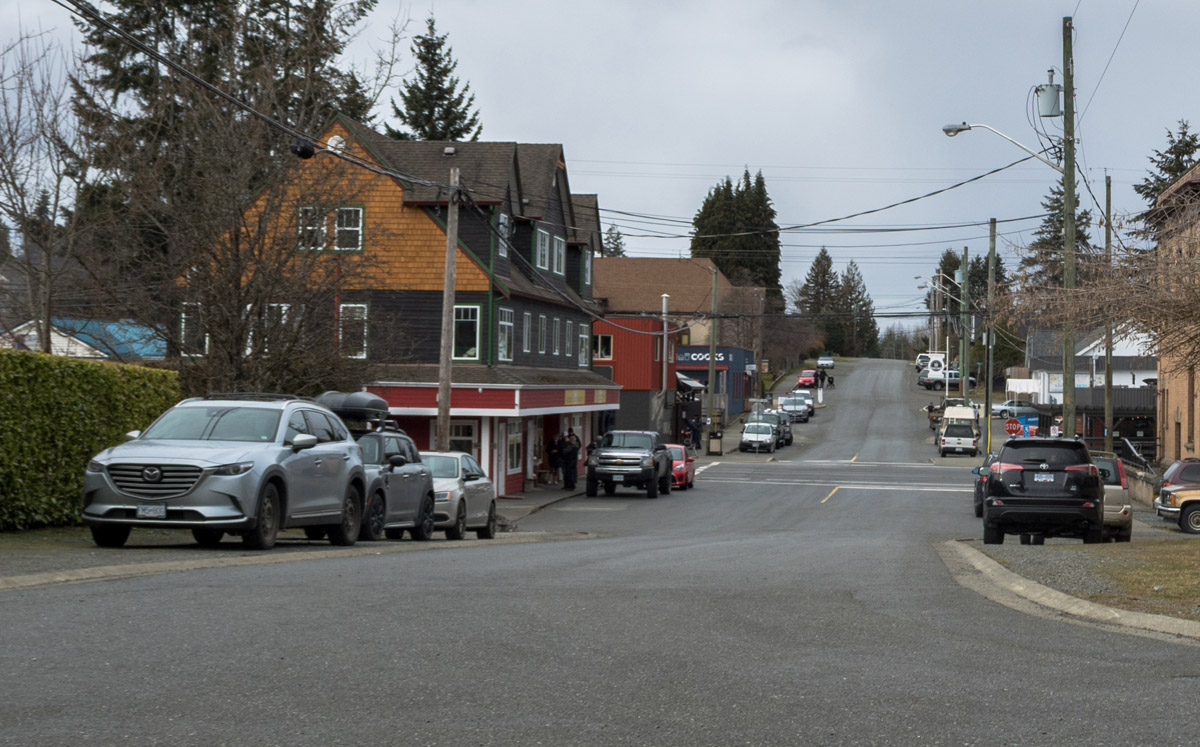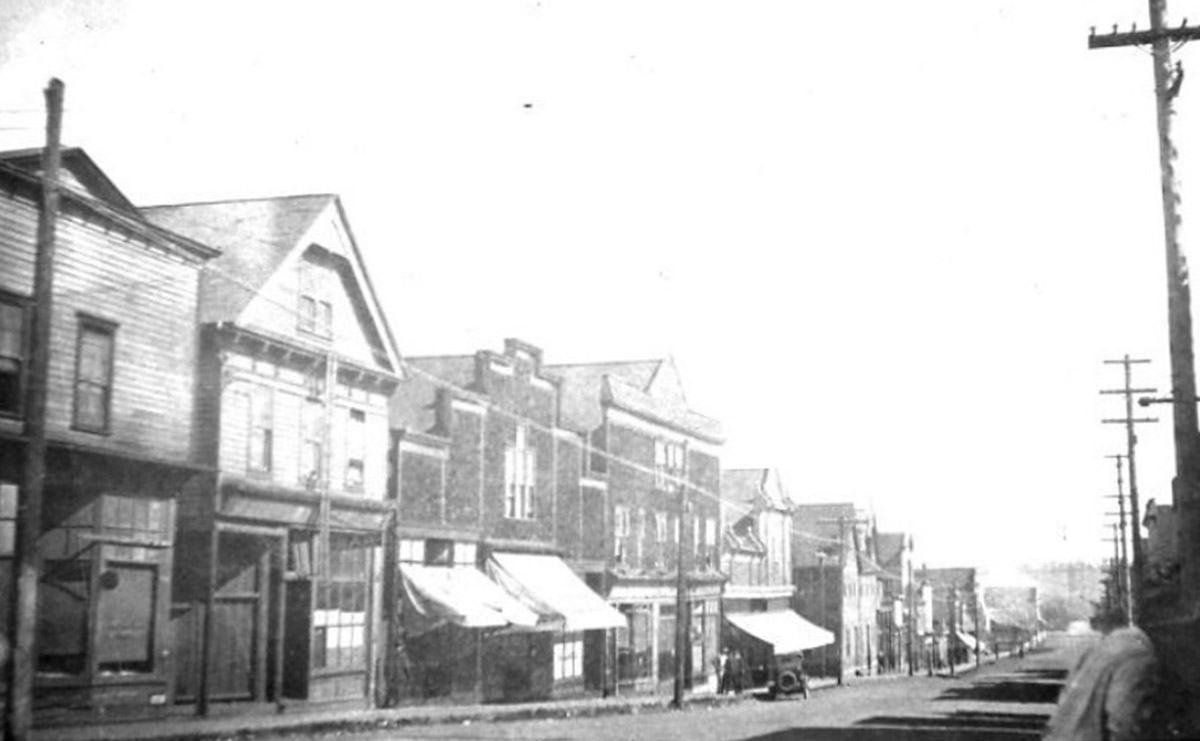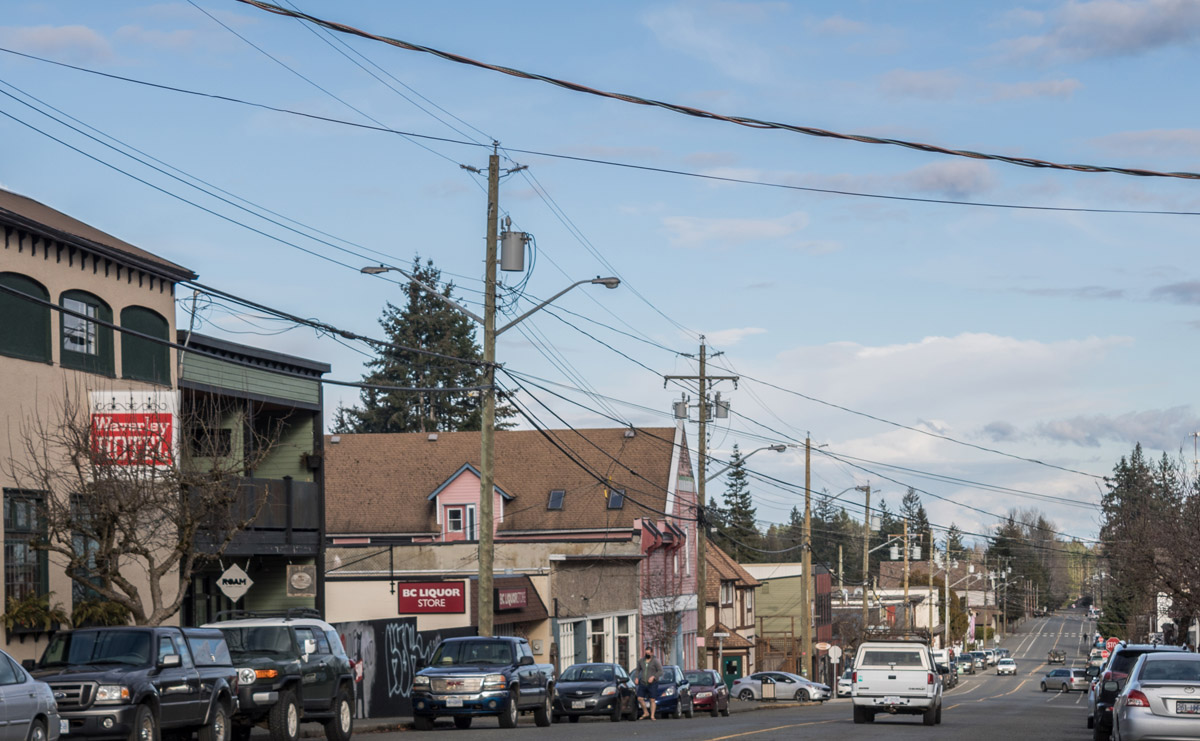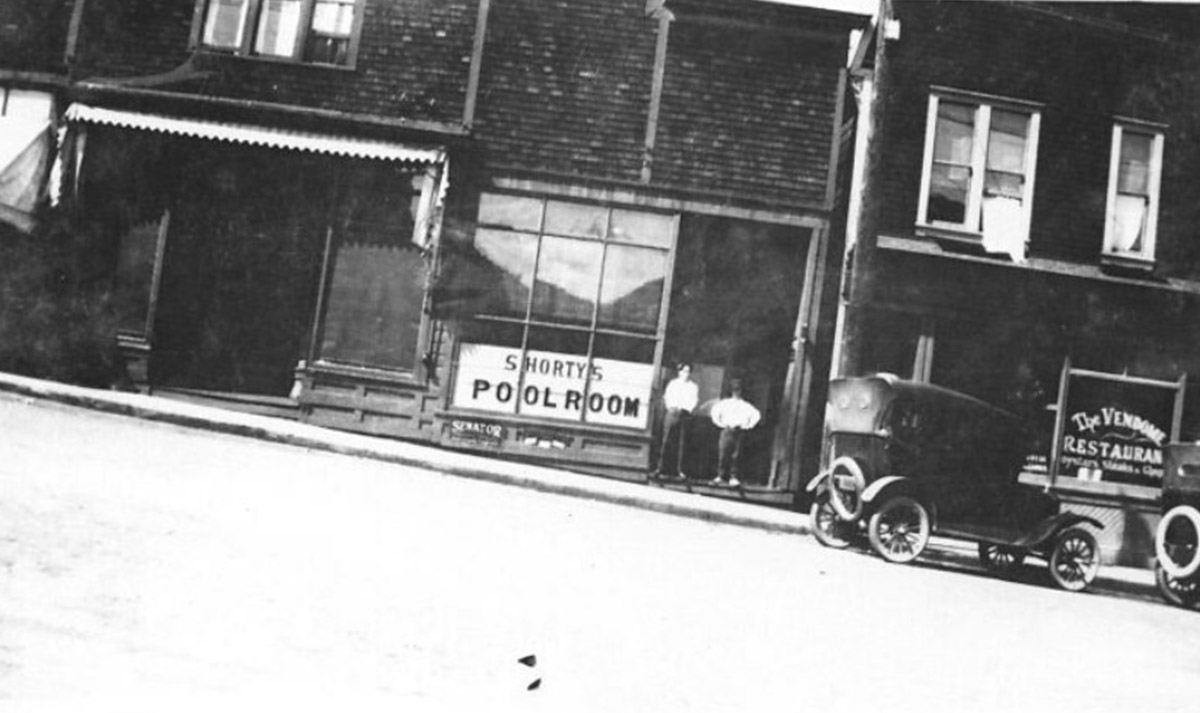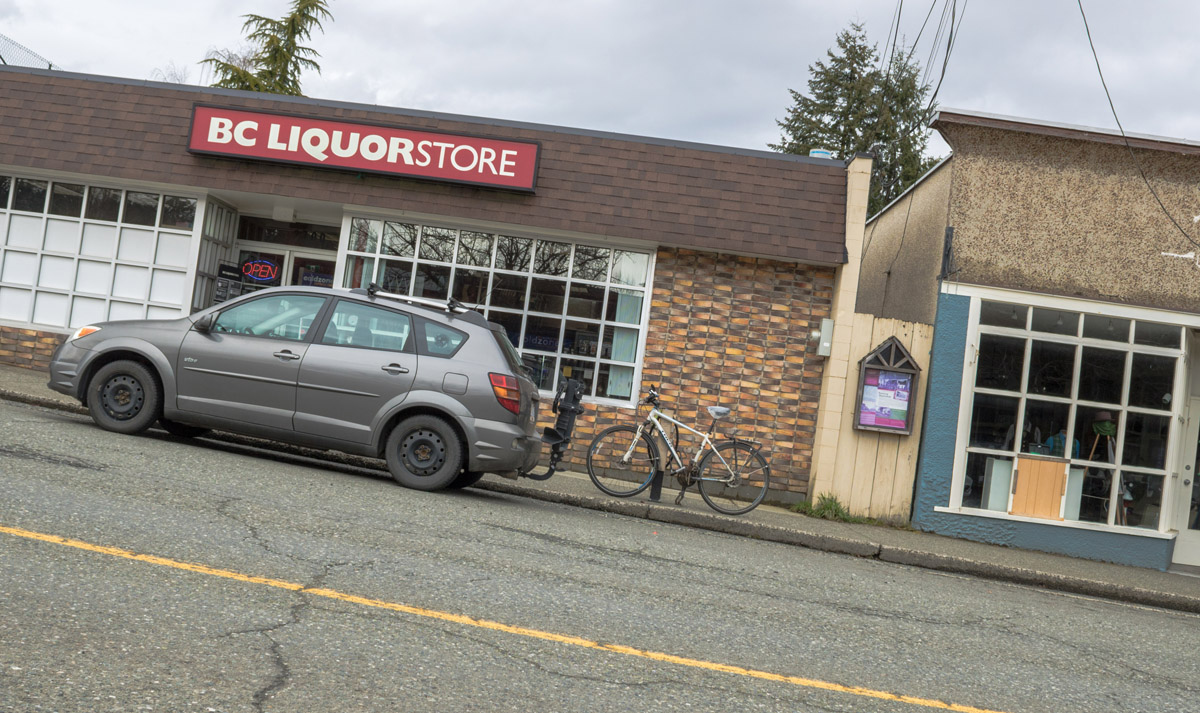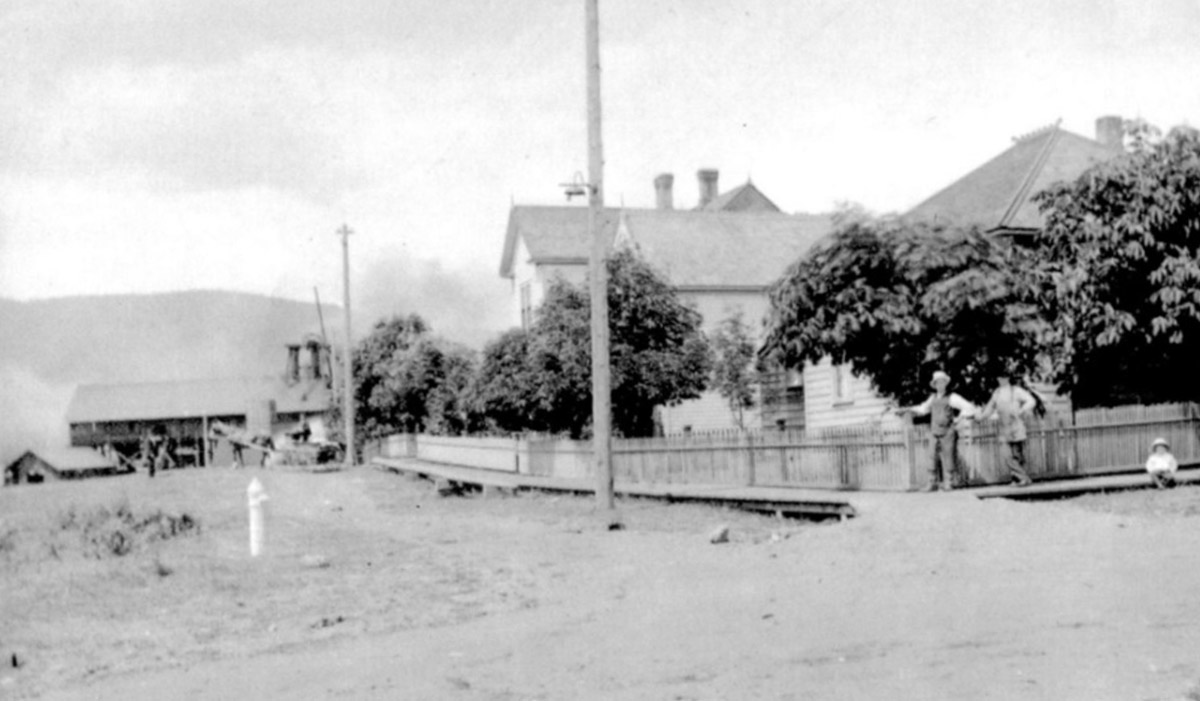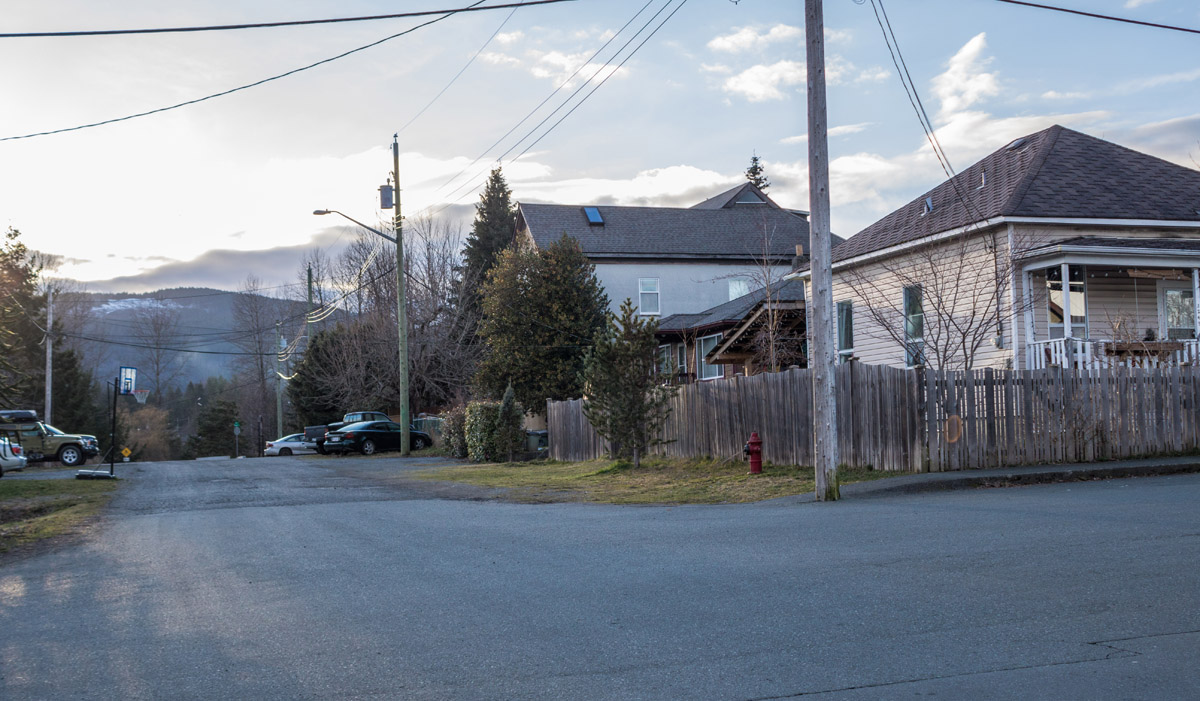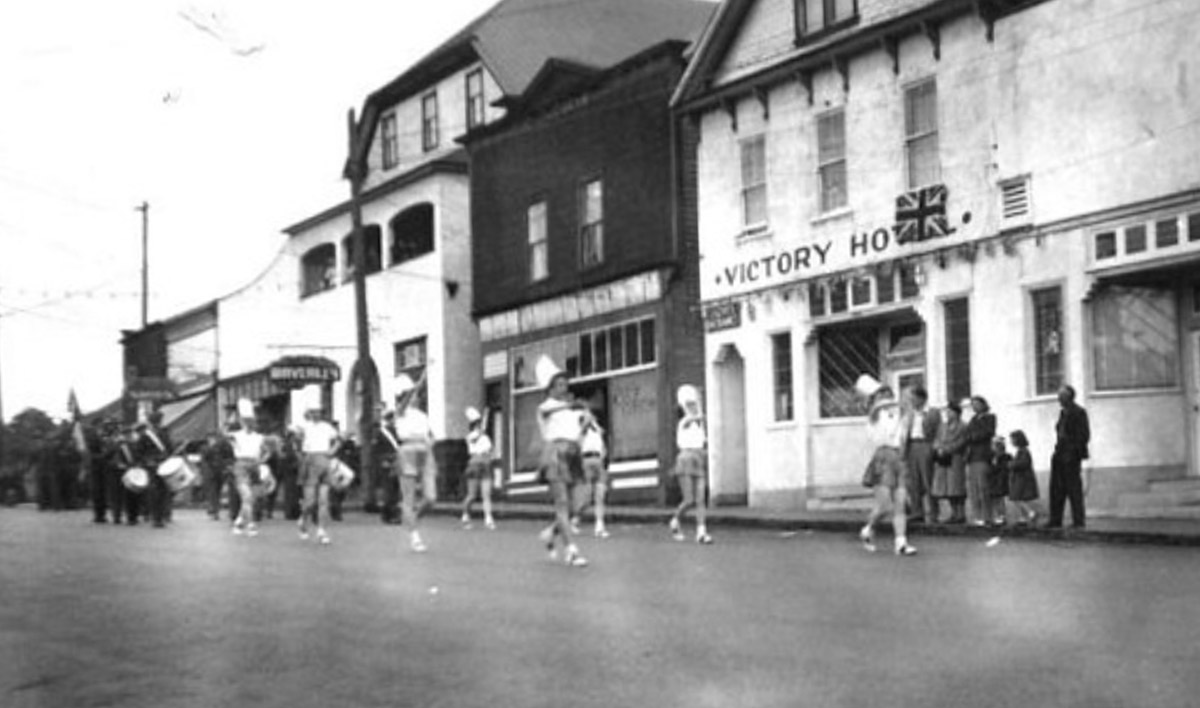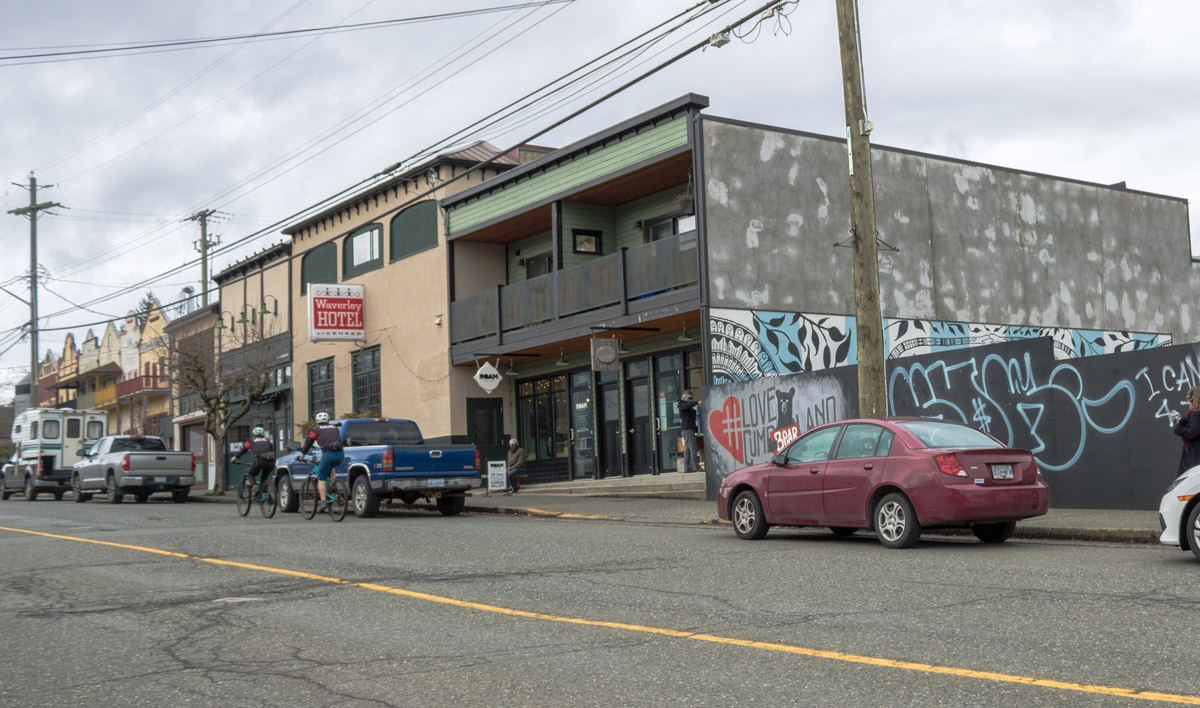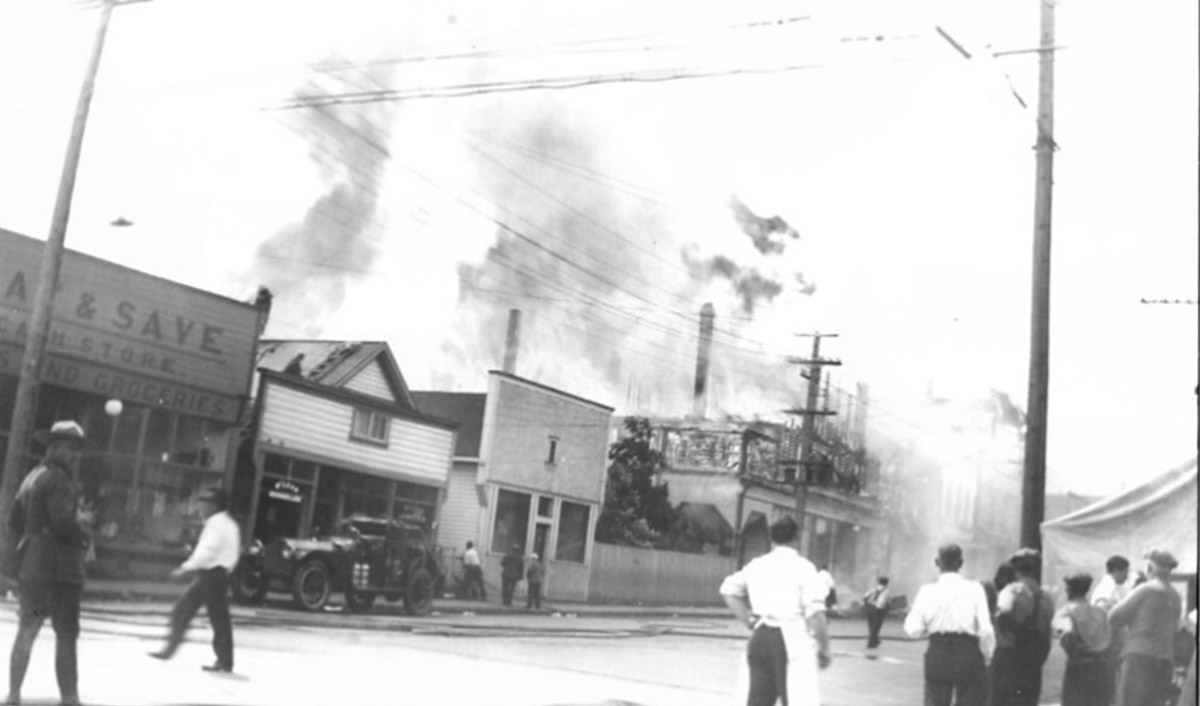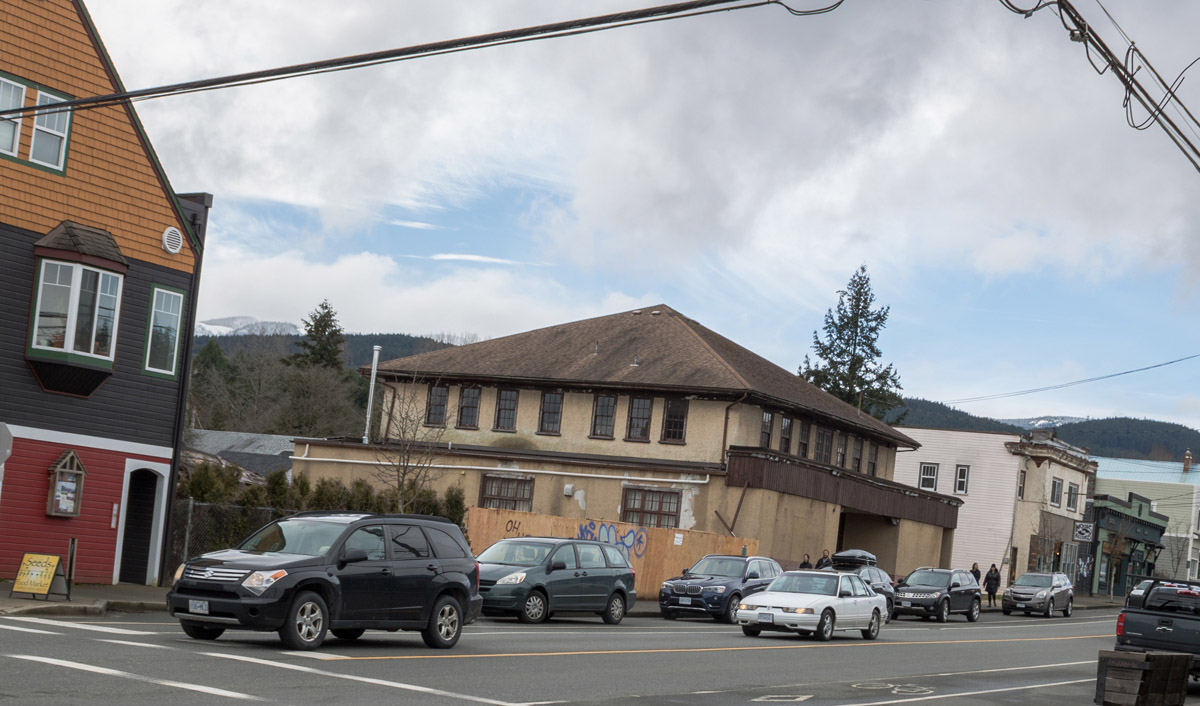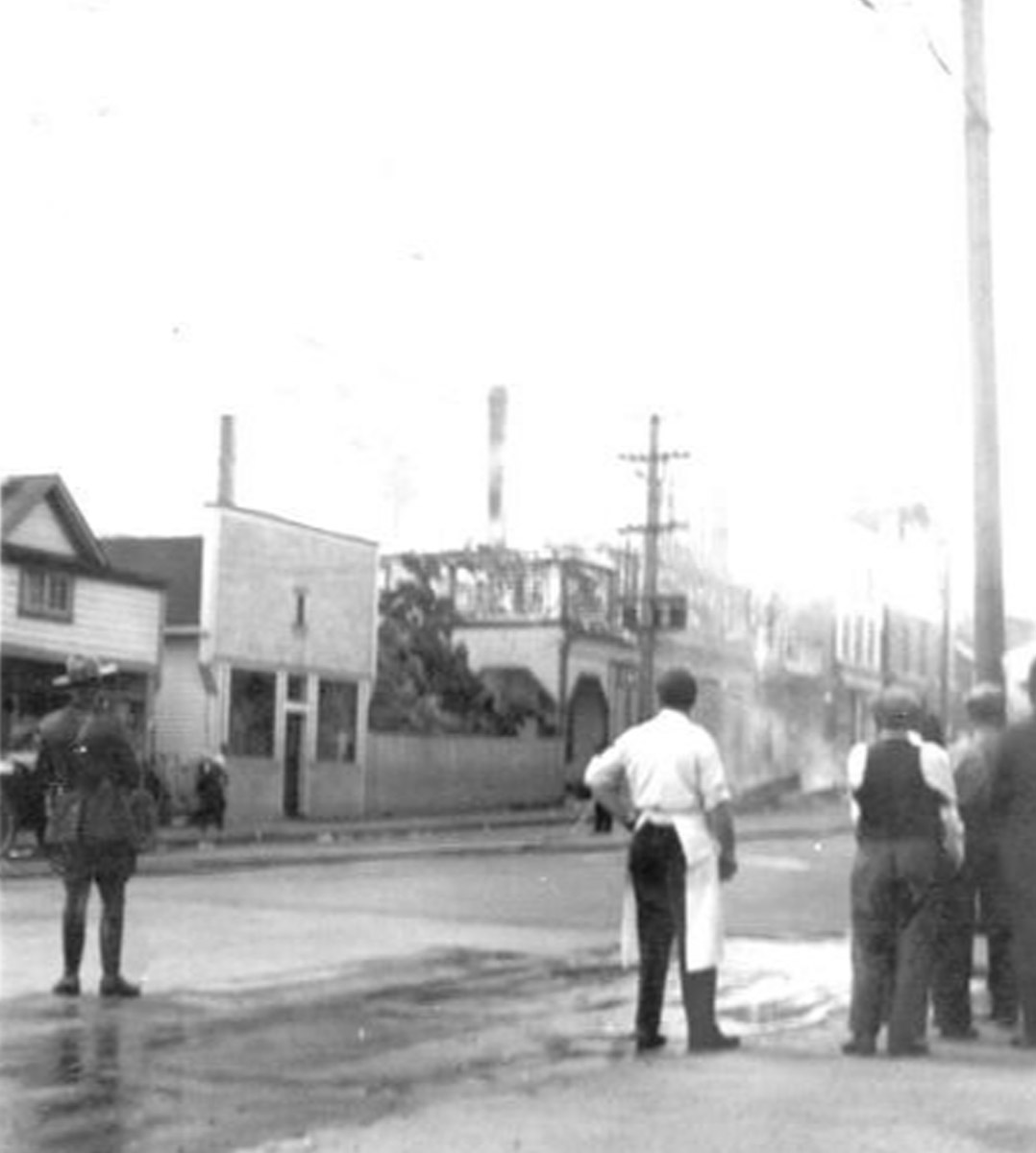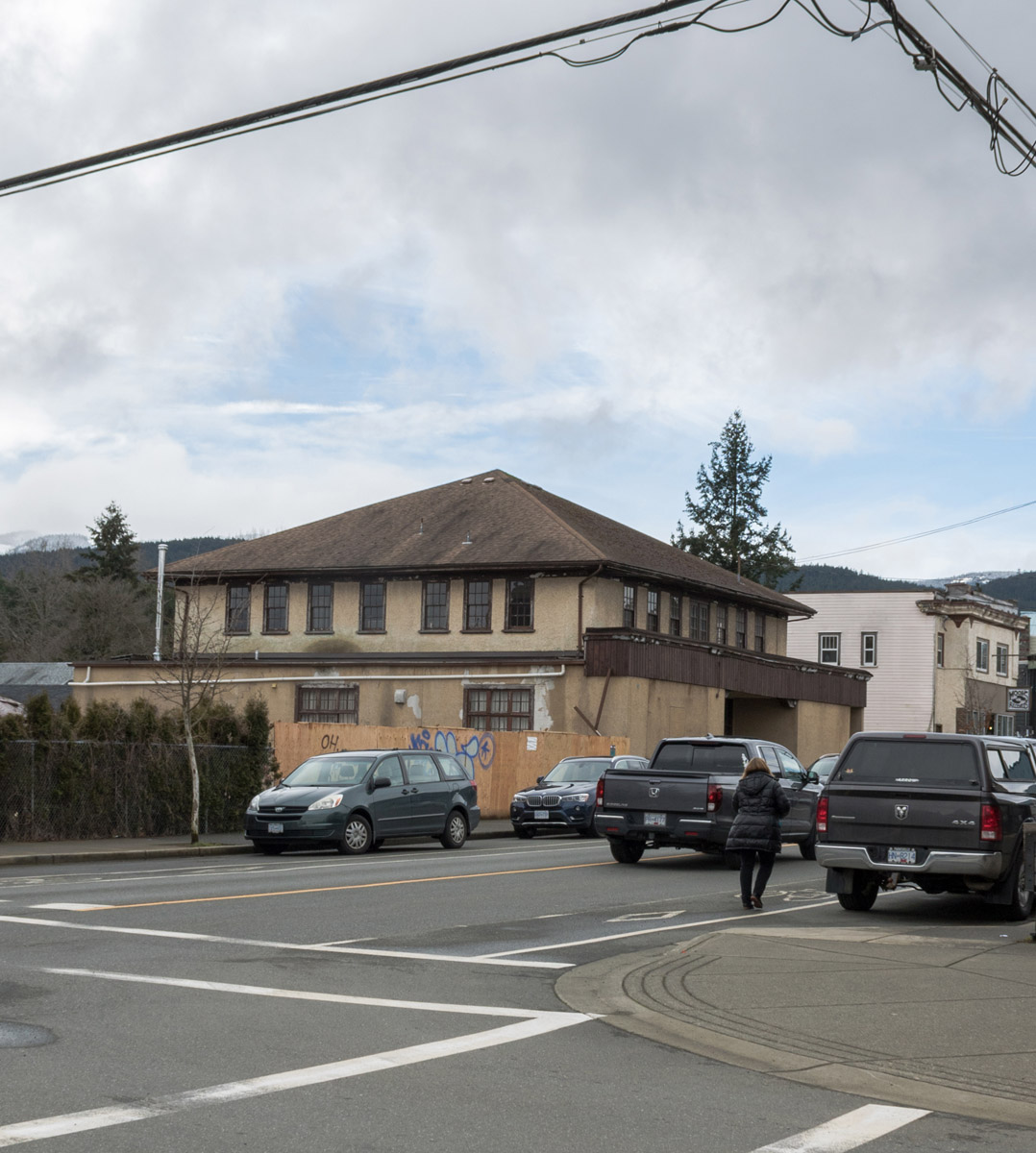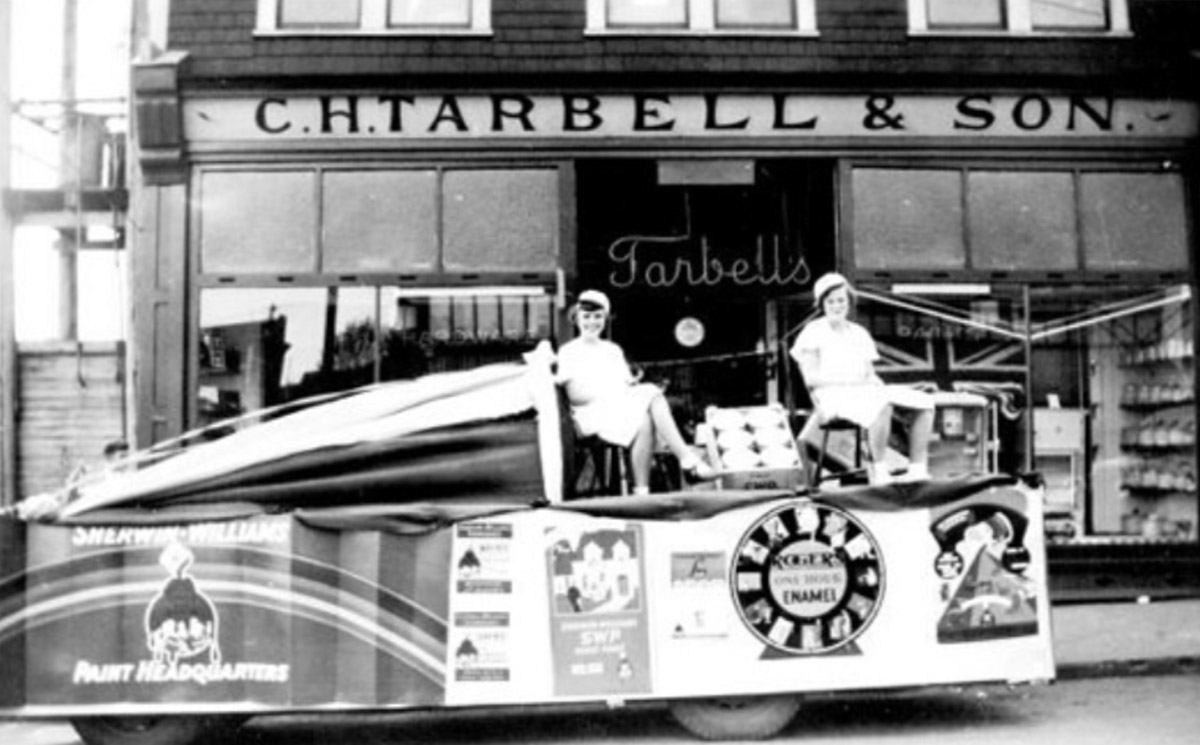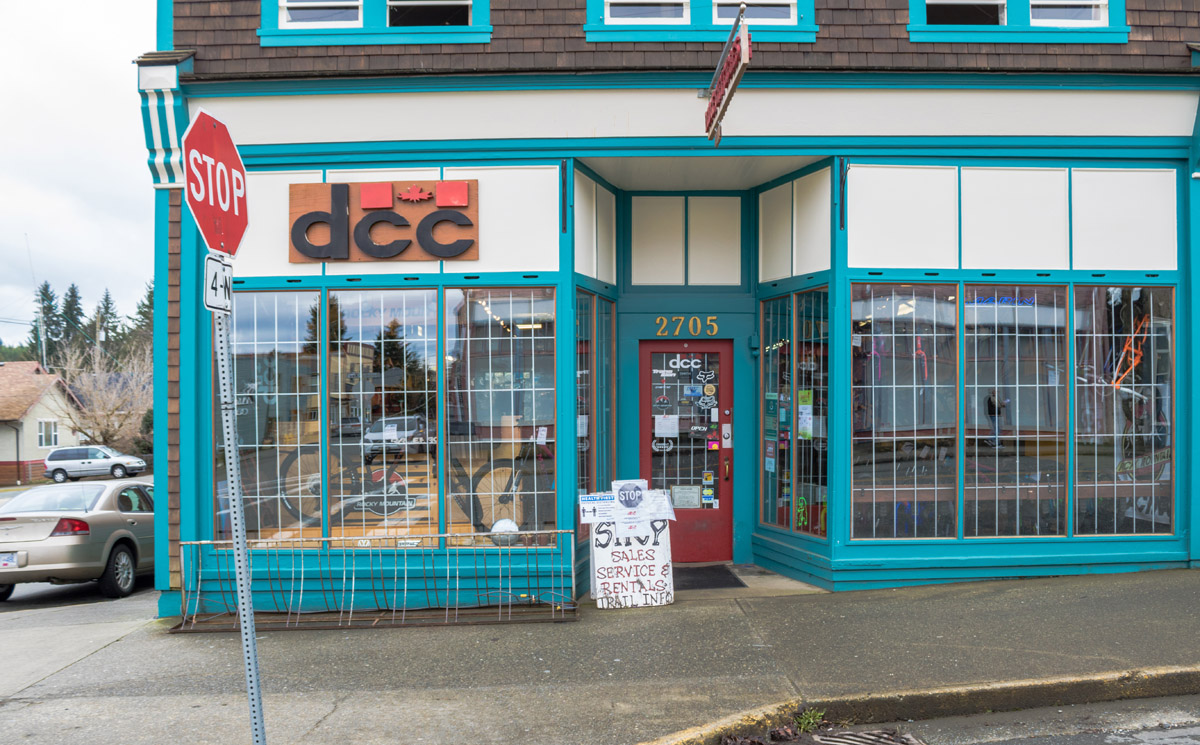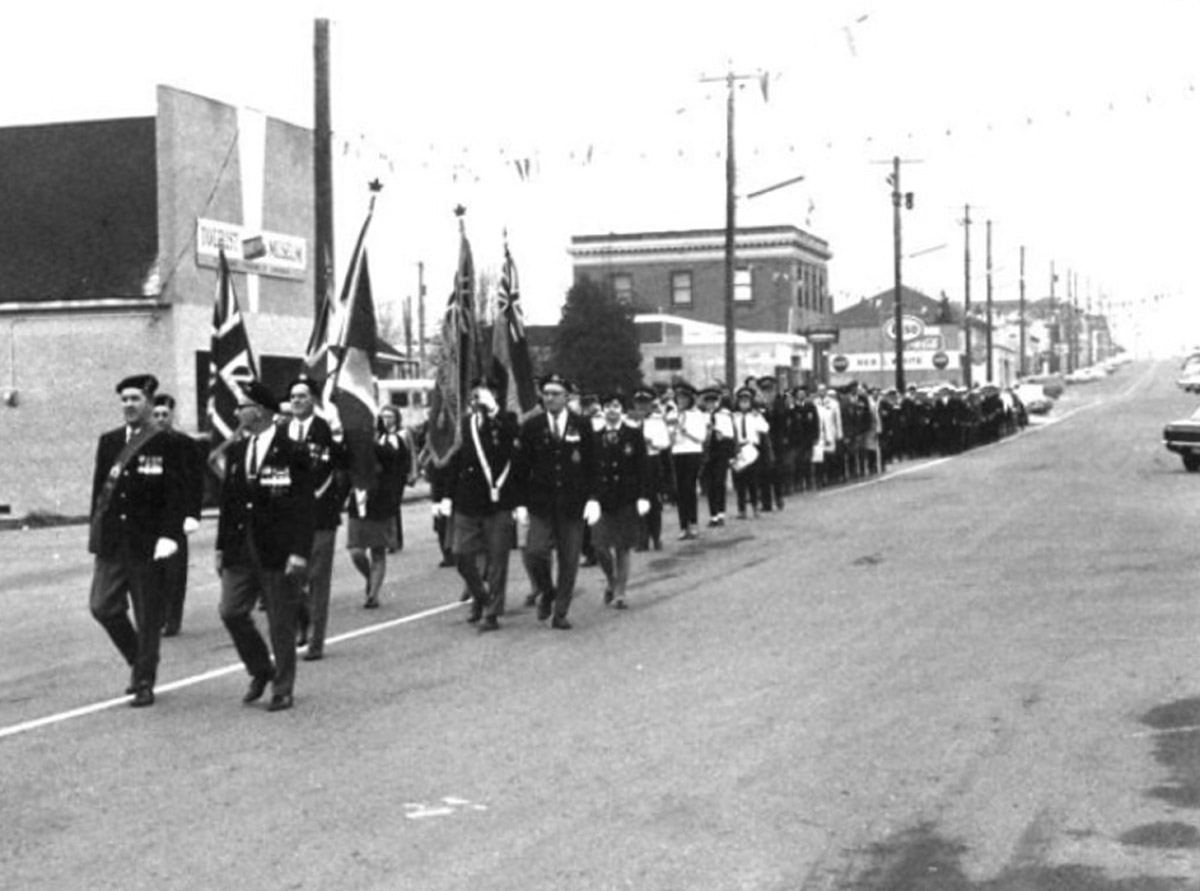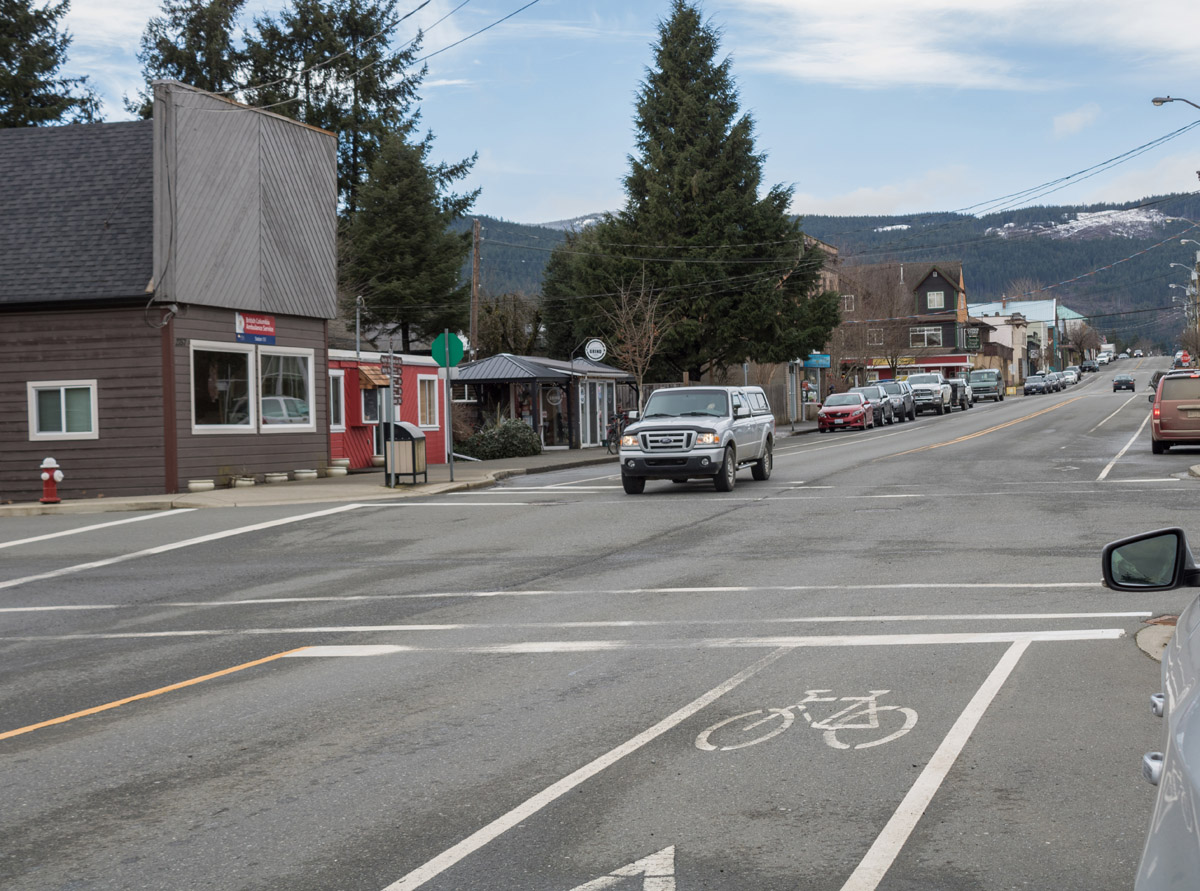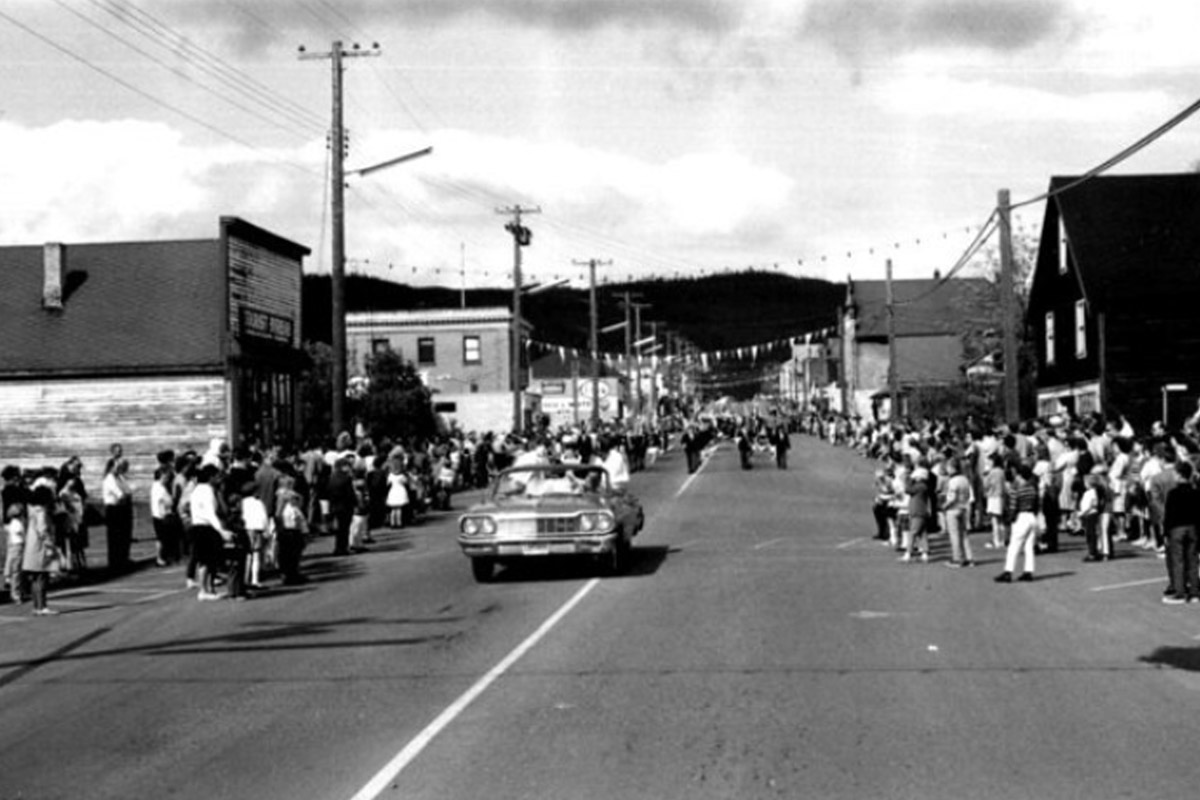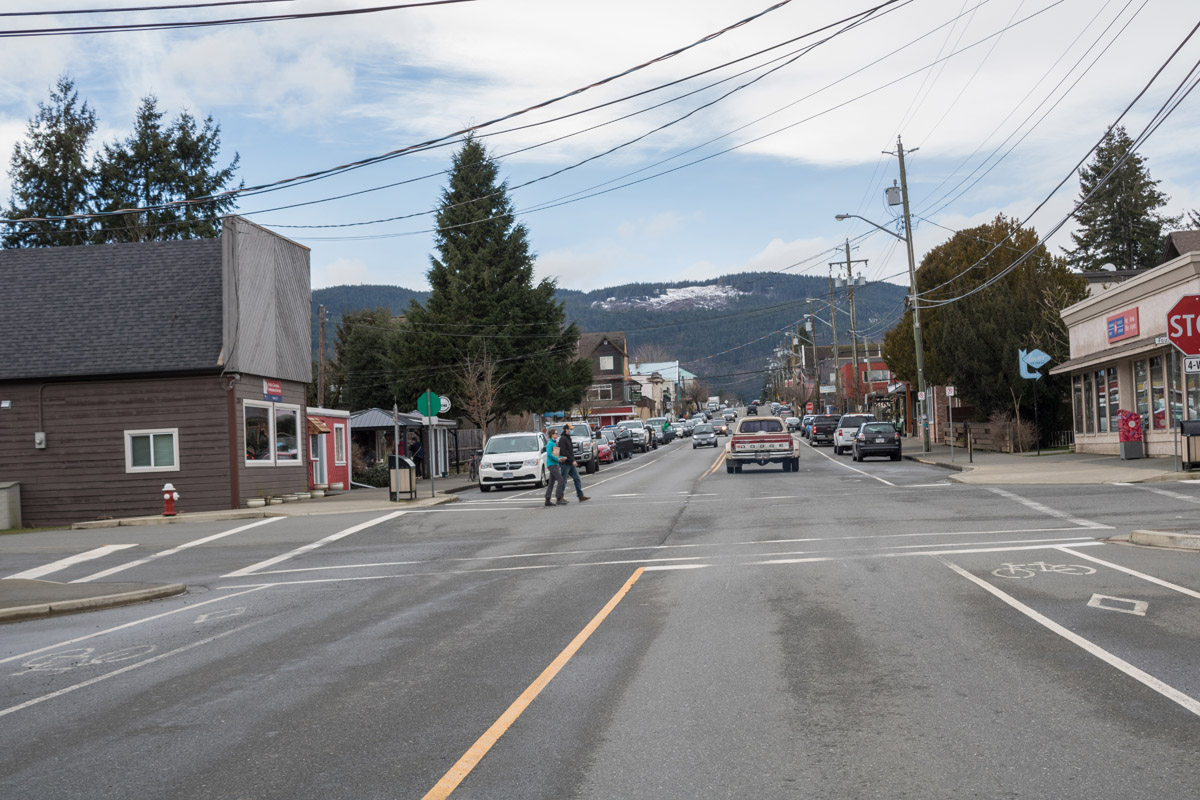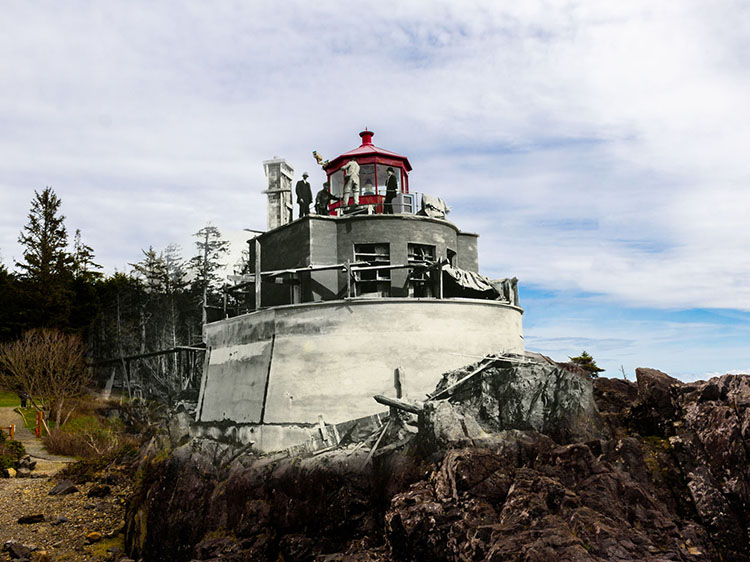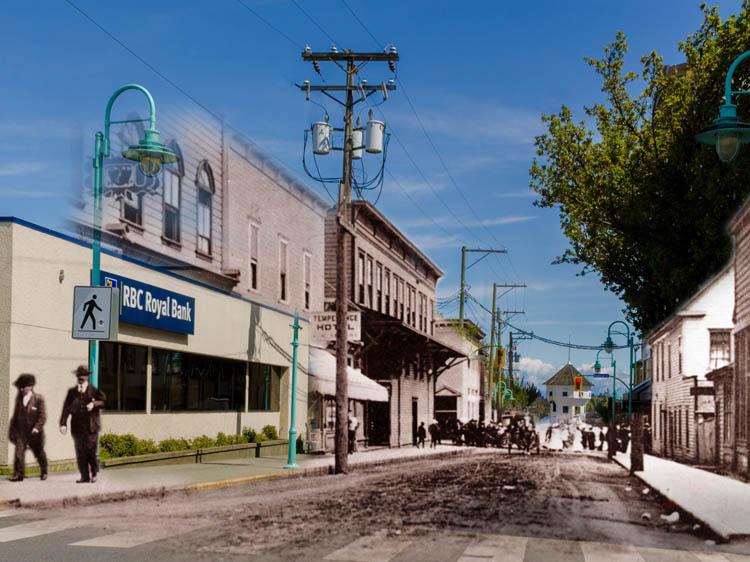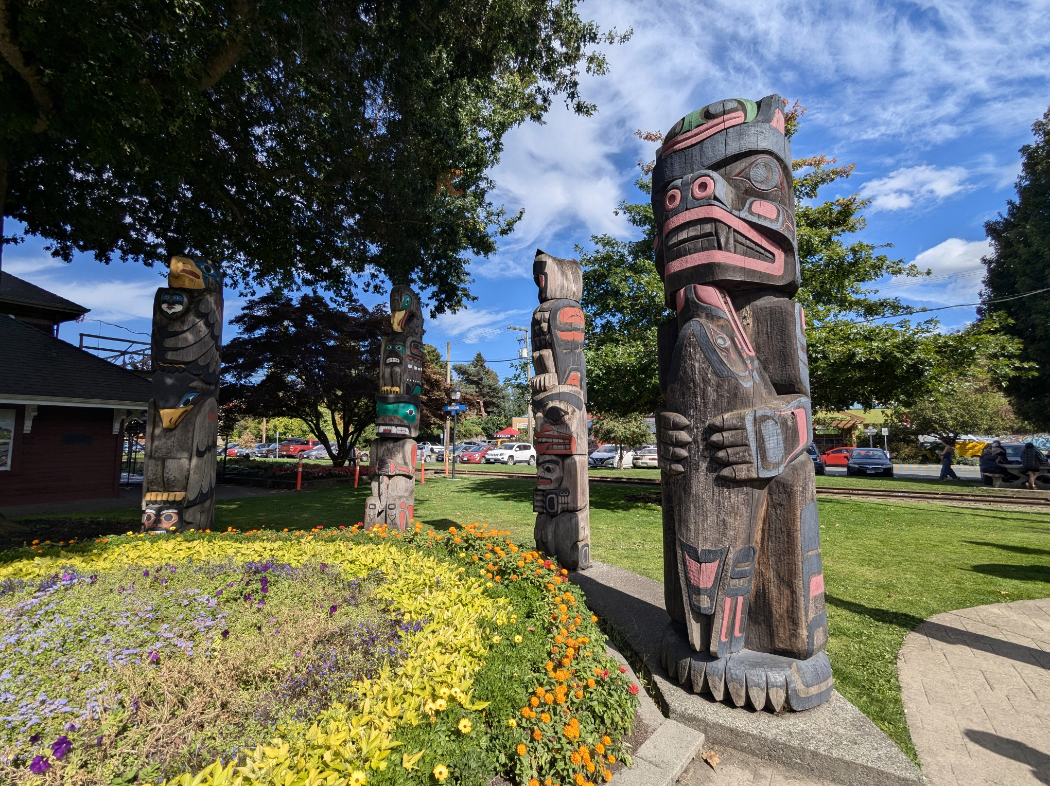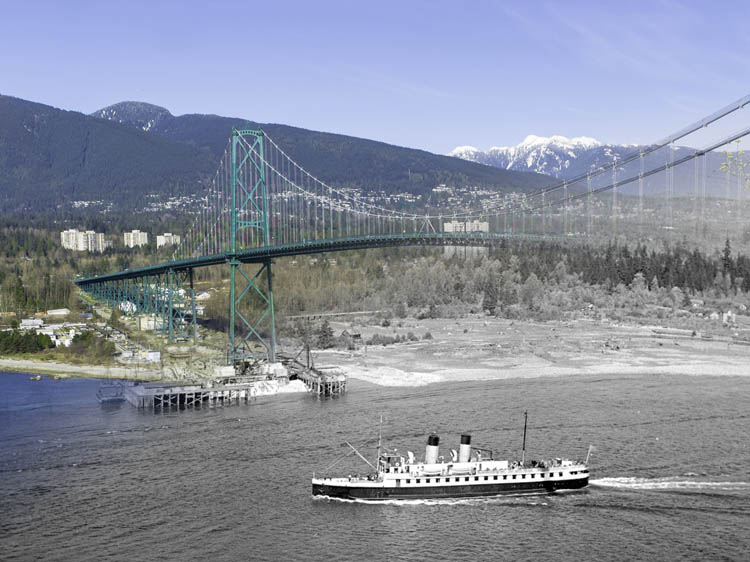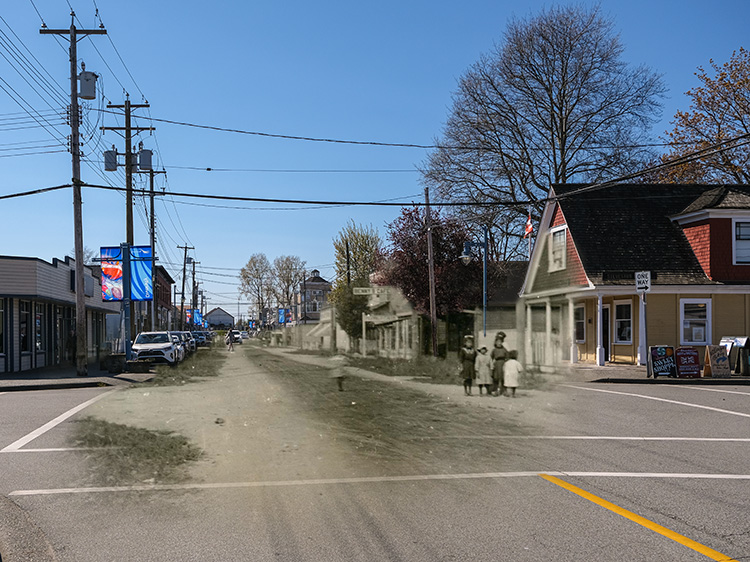Partner City
Cumberland
More than a Mining Town
The lands around modern day Cumberland and the Comox Valley are the traditional, unceded territory of the K’ómoks people. When the settlers came they named the community "Cumberland" after a town in England, but, "Comox" the name of the valley in which this town sits, is an anglicized version of the Kwak'wala word kw'umuxws, meaning "plentiful." Before it was Cumberland, the mining operation here began under the name Union, but little progress was made in the operation until Vancouver Islands coal magnate Robert Dunsmuir took an interest in the area's many coal seams. With fresh capital, the mines boomed and several small communities of miners established settlements nearby the mines. By 1898, the newly incorporated city of Cumberland had become a community of British and European settlers in the centre of an array of nearby settlements of Chinese, Japanese, and African-American miners, labourers, and businesspeople. While these settlements are no longer standing, the town continues to celebrate their legacy. Over the years, Cumberland has been the site of labour movements, horrifying mining accidents, devastating fires, and wholehearted celebrations. Despite the decline of the coal industry in the mid 20th century, the community has endured, and today is a thriving community that attracts young families with its heart, arts, music, and proximity to the best recreation Vancouver Island has to offer.
This content was developed in partnership with the Cumberland Museum and Archives.
On this Spot and the community of Cumberland respectfully acknowledge that the land we gather on is on the Unceded traditional territory of the K’ómoks First Nation, the traditional keepers of this land.
Explore
Cumberland
Then and Now Photos
The #3 Mine
Cumberland Museum & Archives C040-001
A photo of Chinatown with the No. 3 mine in the background. From 1888 on the Cumberland mines had a high proportion of Chinese workers. Cumberland's "Chinatown" was a thriving, self-contained, organized community that was built on swampy land set aside for them. The community disintegrated in the 1960's following the loss of work and a devastating fire. Today the land has begun to revert to swampland again.
Jumbo's Cabin
Cumberland Museum & Archives C040-049
1960S
Another photo of Jumbo at his cabin not long before the demolition of the remaining buildings in Chinatown.
A View of Cumberland's Main Street
Cumberland Museum & Archives C270-007
Late 1800s
A shot looking up Dunsmuir Ave. The Waverly can be made out near the crest of the hill.
Fire Wheel at the Waverly
Cumberland Museum & Archives C100-004
1910-19
Fire wheel pulled by several men pose is in front of two buildings. The Waverly Hotel is on the right. By the 1910s, many areas relied on steam technology to fight fires, but in the 1800s, much of firefighting was done by volunteers hand pumping water onto the fire. The wheel in this photo appears as though it was an earlier hand pumped model. The men in this photo were likely community volunteers.
Looking up Third Street
Cumberland Museum & Archives C270-023
This photo looks up Third Street. A dog is just about to run across the frame in the bottom right corner just in front of the Federal Building, the first one on the right. The wooden boardwalks allowed pedestrians to walk down the street and keep their hems free from mud.
A Quiet Street Scene
Cumberland Museum & Archives C270-059
Sept. 14, 1921
This photo shows a quiet moment on Dunsmuir Street. Only one parked car, and a couple pedestrians are visible. The Waverly Hotel is visible on the left.
Shorty's Pool Room
Cumberland Museum & Archives C270-001
1920
Shorty's Pool Room and Vendome Restaurant on Dunsmuir Street. Shorty's Pool Room operated from 1916 to 1932.
The No. 6 Mine
Cumberland Museum & Archives C270-071
A view of the houses on Derwent Street with the No. 6 mine in the background.
Empire Days Parade
Cumberland Museum & Archives C270-021
1930
A parade down Dunsmuir Ave marches past the Waverly and the Victory Hotels. The parade may have been a part of the Empire Day celebrations, which take place on May long weekend every year. After extensive renovations the Waverly looks much different today, while the Victory Hotel building no longer exists.
Fire at King George Hotel
Cumberland Museum & Archives C100-022
1933
The King George Hotel is consumed by flame in this 1933 photo. The fire broke out at the hotel and was one of the most devastating fires to scorch Cumberland. Despite the destruction of the fire which claimed 18 commercial buildings and 10 houses, the majority of the buildings were rebuilt within 6 months.
Observing the Fire
Cumberland Museum & Archives C100-007
1933
Louis Scarvada watches anxiously in the white apron with his back to the camera as the King George Hotel burns. The businesses from left to right are: Mcleans jewelry store, the government liquor store, and King George Hotel. To the right, partially obscured by smoke, are two buildings owned by Scarvadas; the Scarvadas grocery store, and a candy store.
Parade Float outside Tarbell's Store
Cumberland Museum & Archives C080-081
1960
A parade float in front of the Tarbell & Son store. The store had begun as a hardware and paint store, but over the years expanded to include sporting goods, appliances, furniture, and china. After C. H. Tarbell's death in 1930, his son George managed it until he died in 1960, the same year this photo was taken. George's wife and sister took over management of the business after George's death.
Procession on Dunsmuir
Cumberland Museum & Archives C270-064
1960s
A military procession marches down Dunsmuir past the old museum building first on the left, followed by the old post office building in the background.
Dunsmuir from 4th Street
Cumberland Museum & Archives C270-063
1960s
A street scene catching a crowd gathered on the sides of Dunsmuir Street to catch a parade. The Post Office building still stands today and is the 2nd building on the left.

